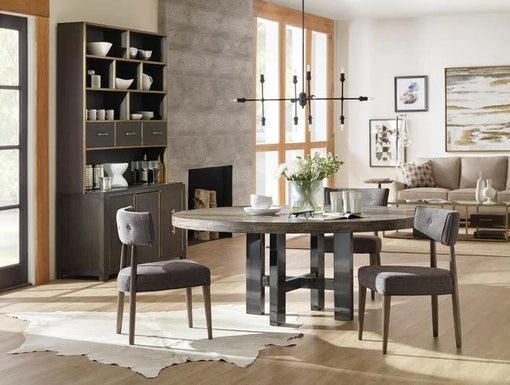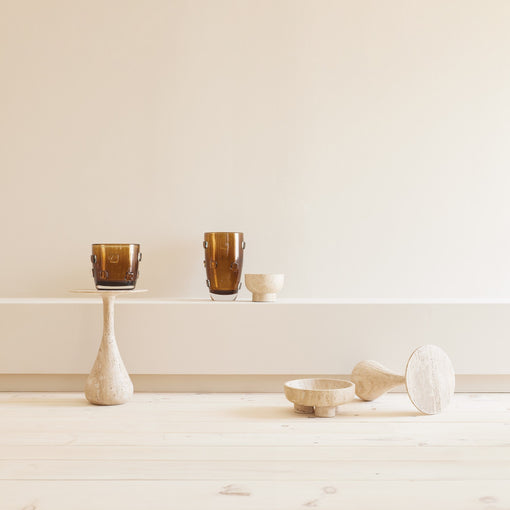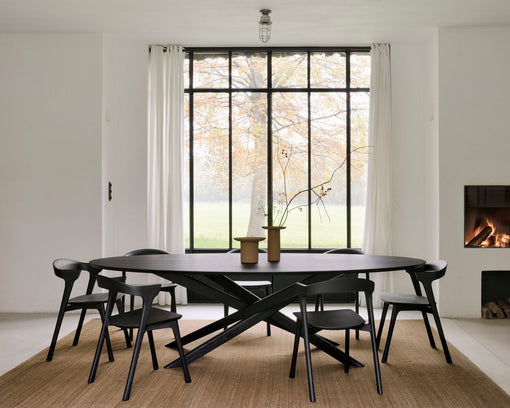
Guide
Furniture Guide for Your Dining Room
The dining room is probably one of the most crucial rooms in a house to decorate. It is nothing but a general and straightforward design process with a few pieces of dining furniture needed. By getting the right style and size of furniture for your dining space you can give the whole area a totally new look with no extra effort. So, if you want to make sure that you, your family members, and your visitors experience comfort and beauty in your dining area then you are at the right piece of information. We have got a guide for you about how to style your dining room with the available ranges and styles of dining furniture.Hooker Furniture Curata Round Dining Table Dining Tables Dining tables form an integral part of the dining furniture. One must keep in mind the size of the dining room and the number of persons to be seated while buying a dining table. Dining tables come in various sizes, styles, and patterns and can be chosen and bought according to the requirement. The various kinds of dining tables include buffets, tabletop decor and hutches, rectangular tables, tables with glass tops, round tables, and even more.Hooker Furniture La Grange 60in Friendship Table Dining Chairs and Benches Dining tables are incomplete without the right size of chairs for people to be seated for the meals. The dining chairs must always be chosen according to the height, size, and type of table so as to offer a plush dining experience. Dining benches are also a good seating option for the dining area.Lexington Ariana Bellamy Upholstered Side Chair Customizable Custom Storage Cabinets Apart from dining tables and chairs, storage cabinets also come under the category of dining furniture. Storage cabinets are meant to store cutlery, crockery ware, and other items of use depending upon your choice and requirement. Storage cabinets make the dining area look detailed and complete and accentuate the space in several aspects.Hooker Furniture Affinity Server Dining Room Decor There is no doubt in the fact that a major portion of the dining area relies on the dining room furniture but it is also true that opting for a minimal wall and accessory decor can only make the space look even more appealing and nice. Going for large art for your walls and lighting fixtures can always be a good decor idea for the dining space.John Richard Sale Gold Leaf Branches Branches I Summary Find sofas, tables, and other furniture accessories that make your living space décor complete with the flair of style and elegance. You can choose from a range of accessories, including area rugs, dressers, tables, stools, and much more. For more furniture accessories, including tabletop, rugs as well as lighting solutions, visit our website. We, at Grayson Living, cater to all your requests, from fabric samples, catalog shipments, and CAD designs, to inspirational boards. Our designers are always ready to accommodate any requests virtually.
Learn More










